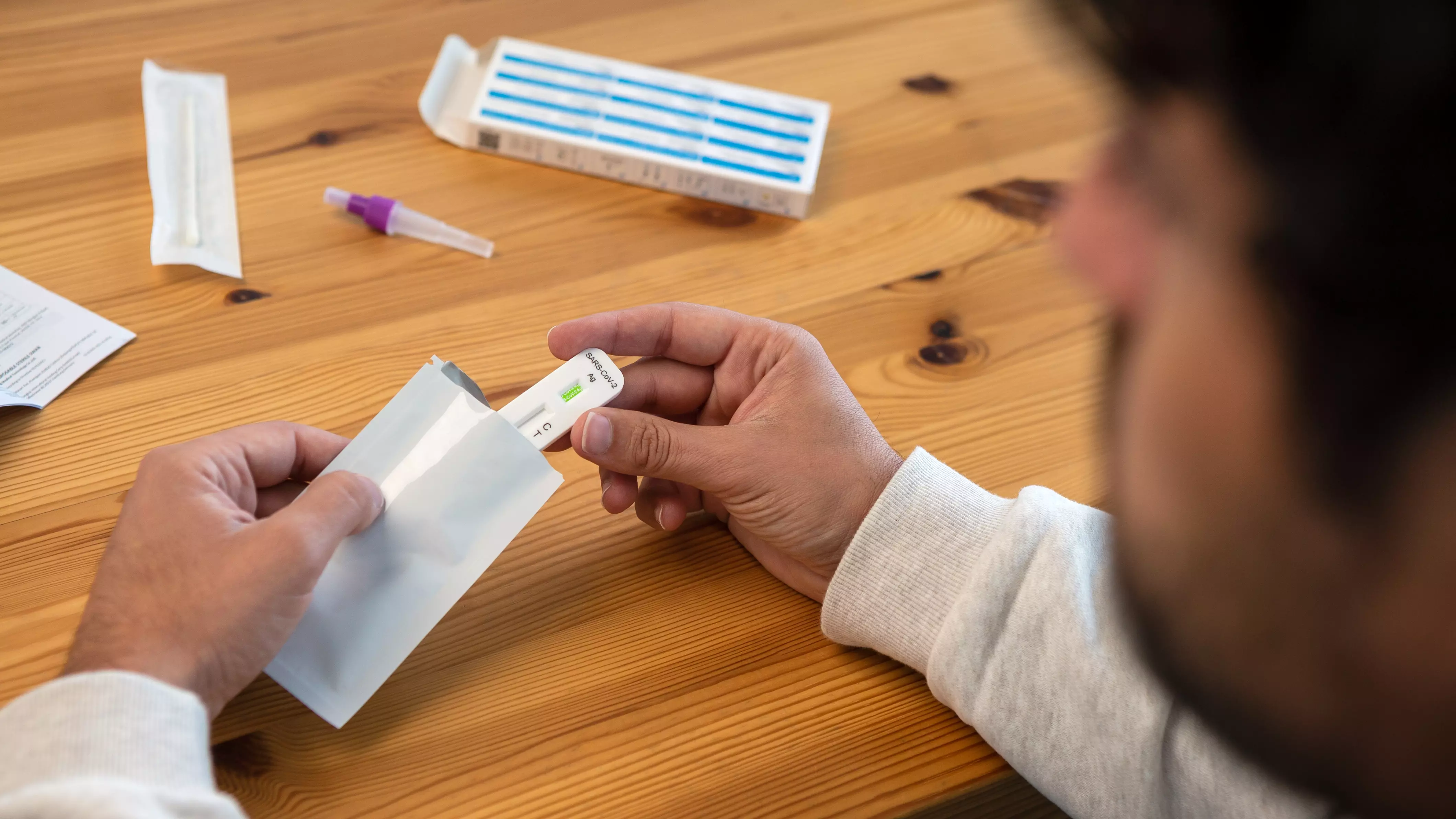COVID-19 and technology development in diagnostics and therapeutics
Introduction to COVID-19
The COVID-19 pandemic that erupted in early 2020 has shaken the world, changing our daily lives and perceptions of public health. The challenges posed by the virus have prompted the international community to seek new solutions, as well as the use of existing technologies for diagnosis and treatment. In this article, we will look at how the pandemic has influenced the development of innovative medical solutions that could revolutionize health care in the future.
Diagnostic technologies in the face of a pandemic
Over the past few years, in response to the pandemic, a number of advanced diagnostic technologies have been developed that have become crucial in the fight against COVID-19. Among them are PCR tests, rapid antigen tests, as well as modern imaging methods.
PCR tests and their importance
Tests based on PCR (polymerase chain reaction) technology have gained prominence as the gold standard in the diagnosis of the SARS-CoV-2 virus. Thanks to their high sensitivity and specificity, these tests enable rapid detection of the virus, which is crucial for early identification and isolation of patients. As technology has advanced, PCR tests have become more accessible and faster, which has contributed to their widespread use.

Rapid antigen tests
Thanks to the need for rapid diagnostics, rapid antigen tests have gained popularity, especially in cases where quick results are crucial, such as during mass testing in schools and public places. Although their sensitivity is lower than PCR tests, their use has helped identify infections quickly, allowing preventive measures to be put in place more quickly.
Telemedicine as a response to pandemic limitations
One of the most noticeable changes during the pandemic was the acceleration of telemedicine. Day by day, more and more patients began to use remote consultations, enabling doctors to provide care at a time when face-to-face visits were limited.
Advantages of telemedicine
Telemedicine offers a number of significant benefits, such as reduced risk of infections in medical facilities, greater accessibility to health services, especially in rural areas, and time savings for patients. This translates into easier access to specialists and faster consultations, which can significantly improve the quality of health care.
Challenges of telemedicine
However, telemedicine is not free of challenges. Problems with data security, lack of personal contact and differences in technology availability are just some of the difficulties that can be encountered. Proper training of medical personnel and patients in the use of modern technology is crucial to successful telemedicine.
Innovations in COVID-19 treatment therapy
The COVID-19 pandemic has prompted increased research into new treatments. Novel therapies and drugs are being developed at a breakneck pace, showing how fast science can act in the face of a crisis.
Antibody-based therapies
One example is antibody-based therapies, which use monoclonal antibodies to neutralize the SARS-CoV-2 virus. This makes it possible to quickly and effectively support the immune system in fighting the infection, which has helped reduce the severity of the disease.
Vaccine development
Revolutionary advances in the field of vaccines should also not be overlooked. Thanks to innovative technologies such as mRNA, the creation of vaccines has become possible in record time. These innovations not only helped stop the spread of the virus, but also changed the way we think about vaccine development for the future.
The future of technology in post-pandemic medicine
As the world adapts to the new post-pandemic reality, it will be critical that deployed technologies remain an integral part of the healthcare system. Investment in research and development, as well as education on new solutions, is key to the effective use of innovation.
Integration of technology with traditional medicine
In order to make the most of the opportunities offered by the development of technology, it will be necessary to combine traditional medicine with innovative solutions. This will enable the needs of patients to be met in a more efficient and comprehensive manner, leading to better public health outcomes.
Summary
COVID-19 has certainly accelerated the development of technologies related to diagnostics and therapeutics, presenting us with new challenges and opportunities. As we learn from the pandemic experience, we can build a more resilient and flexible health care system that is better prepared for future threats. Collaboration between scientists, physicians and technology companies can benefit not only the fight against the COVID-19 pandemic, but also future health care around the world.

Add comment